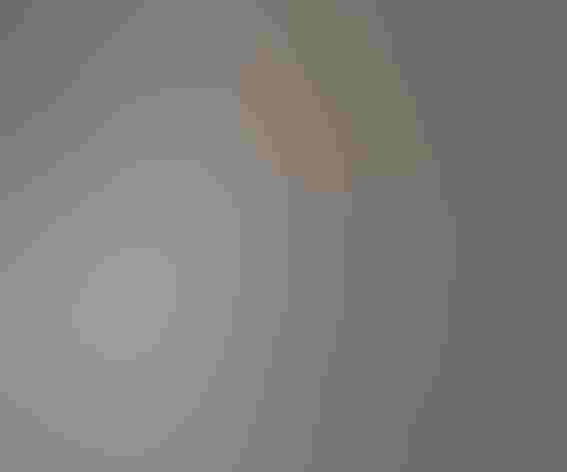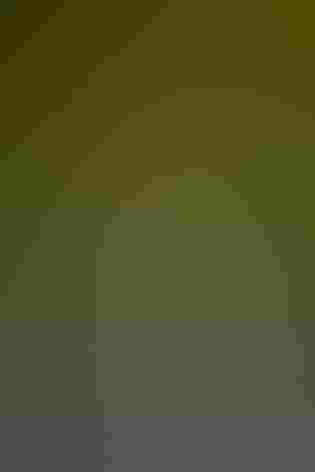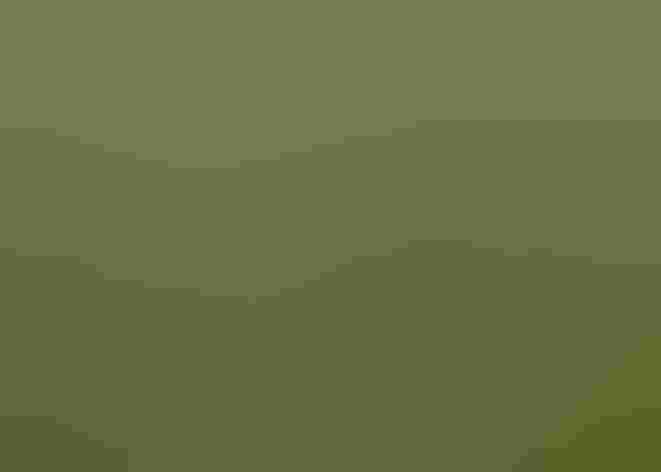White Ibis
At a Glance
One of the most numerous wading birds in Florida, and common elsewhere in the southeast. Highly sociable at all seasons, roosting and feeding in flocks, nesting in large colonies. When groups wade through shallows, probing with their long bills, other wading birds such as egrets may follow them to catch prey stirred up by the ibises.
All bird guide text and rangemaps adapted from by Kenn Kaufman© 1996, used by permission of Houghton Mifflin Harcourt Publishing Company. All rights reserved.
Category
Ibises and Spoonbills, Long-legged Waders
IUCN Status
Least Concern
Habitat
Coasts and Shorelines, Fields, Meadows, and Grasslands, Freshwater Wetlands, Lakes, Ponds, and Rivers, Saltwater Wetlands
Region
Florida, Mid Atlantic, Plains, Southeast, Southwest, Texas
Behavior
Flap/Glide, Formation, Rapid Wingbeats
Population
2.400.000
Range & Identification
Migration & Range Maps
Present throughout year in most of breeding range, but numbers much lower in winter in northern areas; some banded birds from United States recovered in Mexico, Cuba, northern South America. Singles and small groups may wander far north and inland after breeding season. Strays from western Mexico sometimes appear in southwest.
Description
23-27" (58-69 cm). W. 3'2 (97 cm). Adult unmistakable, white with curved red bill, red face and legs, black wingtips. Young bird mostly brown with white belly at first, recognized by pink curved bill; becomes patchy as it matures.
Size
About the size of a Heron, About the size of a Mallard or Herring Gull
Color
Black, Brown, Red, White
Wing Shape
Broad, Long, Rounded
Tail Shape
Short
Songs and Calls
Grunts and growls.
Call Pattern
Flat
Call Type
Croak/Quack, Raucous, Trill
Habitat
Salt, brackish, and fresh marshes, rice fields, mangroves. May forage in any kind of shallow water, commonly flying to feed in fresh water even in coastal regions. Foraging sites include marshes, mudflats, flooded pastures, lake edges, mangrove lagoons, grassy fields. Nests in mangroves, swamps, dense thickets, or marshes.
Sign up for ³Ô¹ÏºÚÁÏ's newsletter to learn more about birds like the White Ibis
Behavior
Eggs
2-3, up to 5. Pale blue-green to white, blotched with brown. Incubation is by both sexes, averages 21 days.
Young
Both parents feed young, by regurgitation. Young may clamber about near nest after 3 weeks, can make short flights after 4-5 weeks, capable of sustained flight at 6 weeks, may leave colony to forage with adults after 7 weeks.
Feeding Behavior
Forages by walking slowly in shallow water, sweeping bill from side to side and probing at bottom. Also forages on land, especially on mud or in short grass. Finds food by touch while probing, by sight at other times, seizing items from surface. White Ibises may steal food from each other and, in turn, have food stolen from them by larger species.
Diet
Varied; includes many crustaceans. Diet is quite variable, but crayfish and crabs are major items. Also eats insects, snails, frogs, marine worms, snakes, small fish.
Nesting
First breeds at age of 2 years. Breeds in colonies, sometimes mixed with other wading birds. Displays of male include ritualized preening, leaning over and grasping twig in bill, pointing bill skyward and lowering head onto back. Nest sites in mangroves, trees, thickets, usually 2-15' above ground or water, sometimes higher or on ground. Nest built by both sexes, male bringing most material, female doing most of building. Material often stolen from nests of other pairs. Nest is usually platform of sticks, sometimes of cordgrass or reeds.
Conservation
Conservation Status
Florida population much lower than historical levels, and has continued to decline in recent decades. Total range in United States has increased somewhat, with northward spread on Atlantic Coast. Vulnerable to loss of feeding and nesting habitat.
Climate Threats Facing the White Ibis
Choose a temperature scenario below to see which threats will affect this species as warming increases. The same climate change-driven threats that put birds at risk will affect other wildlife and people, too.



















